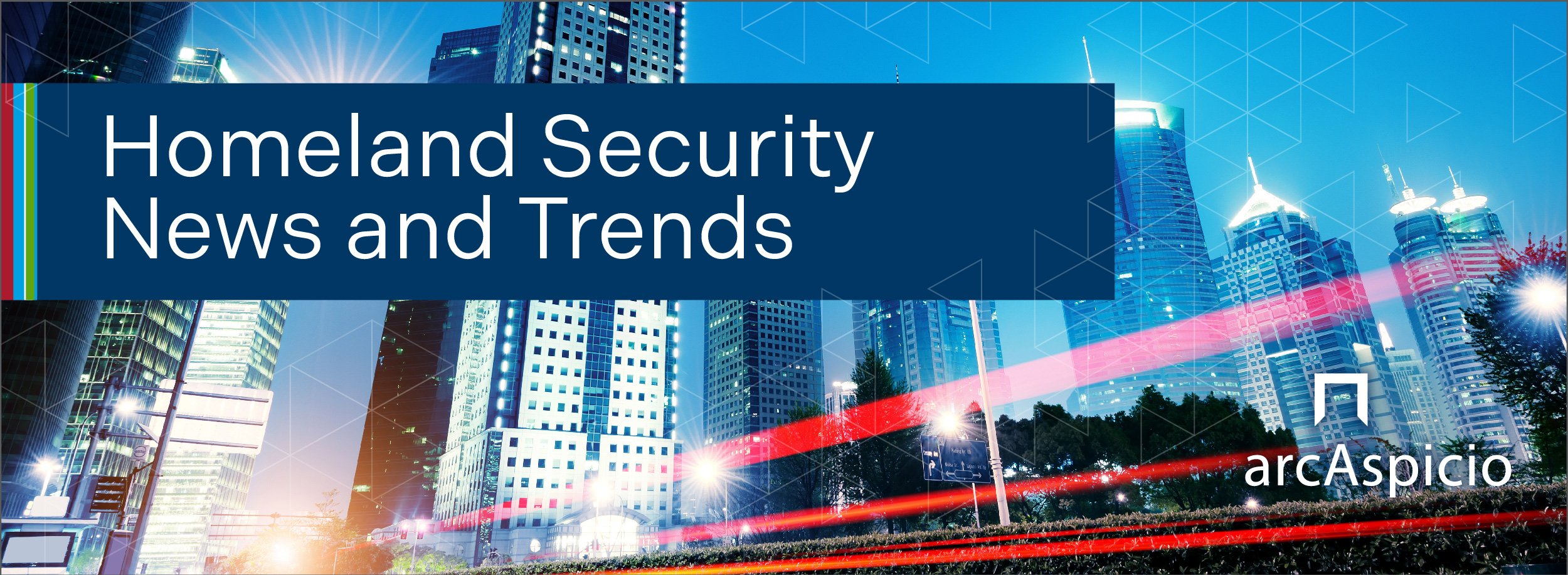
Demystifying Innovation
Government agencies and policymakers increasingly recognize supporting innovation as essential to achieving their missions. Still, many leaders struggle to promote innovation. Some may even give up and see it as unrealistic for their organizations. However, promoting innovation is very realistic and is achievable.
To promote innovation across the government and achieve mission results, we need to start with a clear understanding of what innovation actually involves and of specific problem-solving techniques we can use to innovate effectively.
Innovation is not just about creativity, invention, or novelty. It involves taking action to achieve new ideas that create value and improve performance, which requires successful implementation. So, what is the secret ingredient to creatively deliver real-world value? Is this a capability that some individuals and organizations are naturally gifted with and that others will have to do without?
Innovation is not just a result of luck or rare genius; any organization or individual can innovate more effectively by applying a few critical rules of structured problem-solving. To develop powerful, innovative solutions, you should lay solid foundations for your work by clearly defining the problem you are trying to solve, identifying specific problem-solving tools and techniques that fit the kind of challenge you have identified, and then doing your homework by gathering the information you need to refine your understanding of the problem, generate promising ideas, and validate effective solutions.
Some structured problem-solving techniques, like the user-centered approach of Design Thinking, involve an iterative method with clearly defined steps to generate insights and develop solutions. Others, like value chain analysis and other forms of business process analysis, provide ways to build a clearer sense of where a problem fits in the broader environment and help locate opportunities to explore and introduce improvements.
These examples are just a start; building familiarity with a variety of structured problem-solving processes will equip you and your team with the knowledge to pick the right tool to tackle each challenge you face. Whichever tool you use, the value of clear structure and rigor is constant. Successfully applying each of these techniques involves careful planning to define your problem effectively, which then helps you identify specific information you need to develop and test possible solutions.
You may decide to revise your definition of the problem based on new findings along the way, but you have to start somewhere. As with any skill, continued practice with structured problem-solving techniques is crucial. The reality of developing and implementing innovative solutions is a far cry from simply hoping for a sudden “eureka!” moment to arrive out of the blue.





















